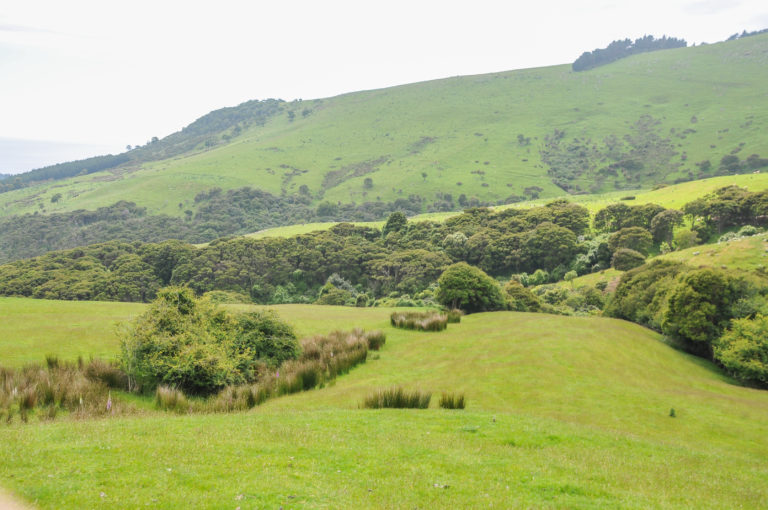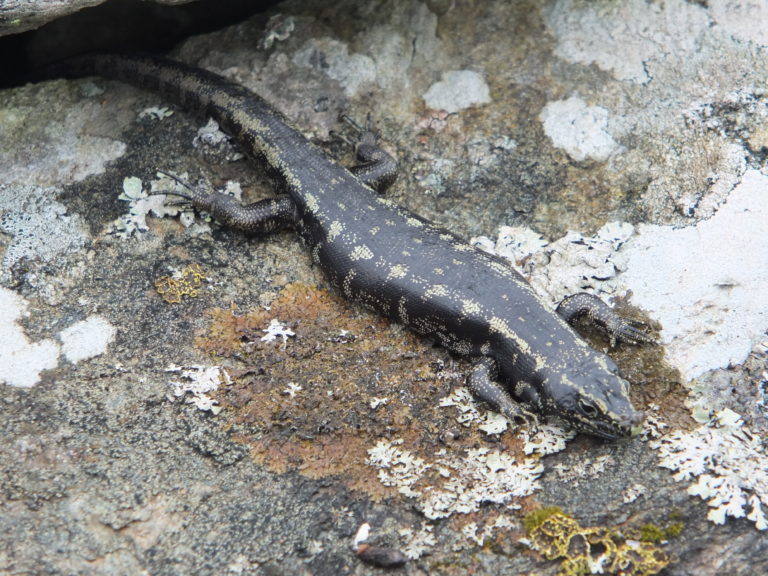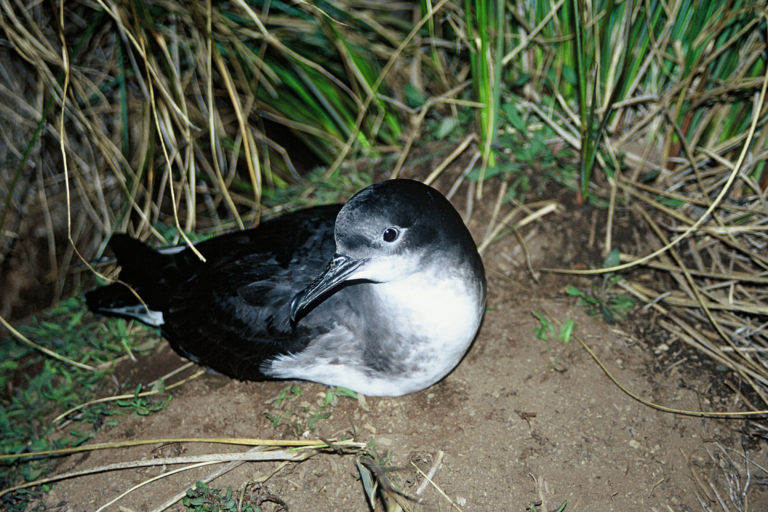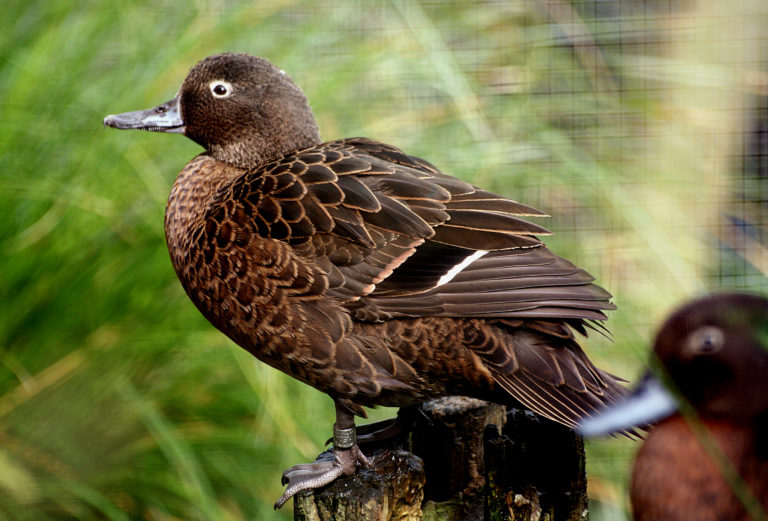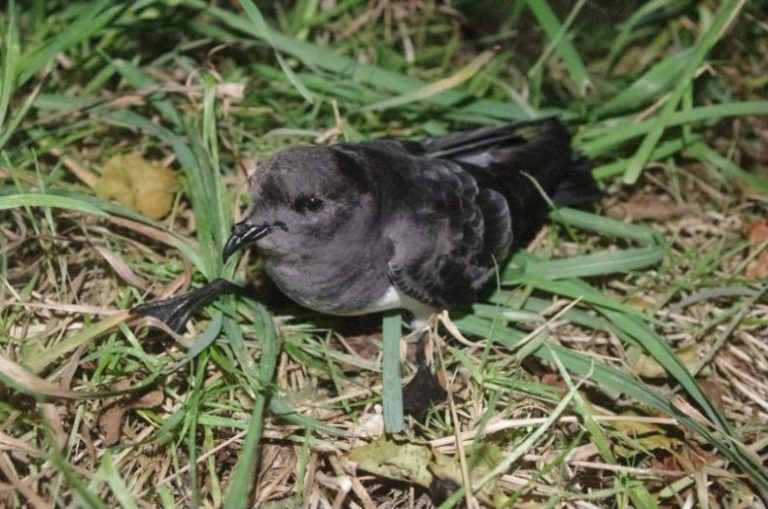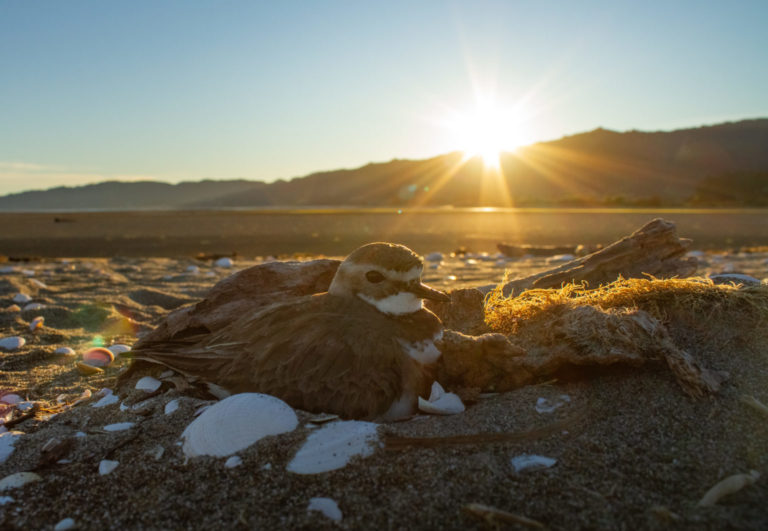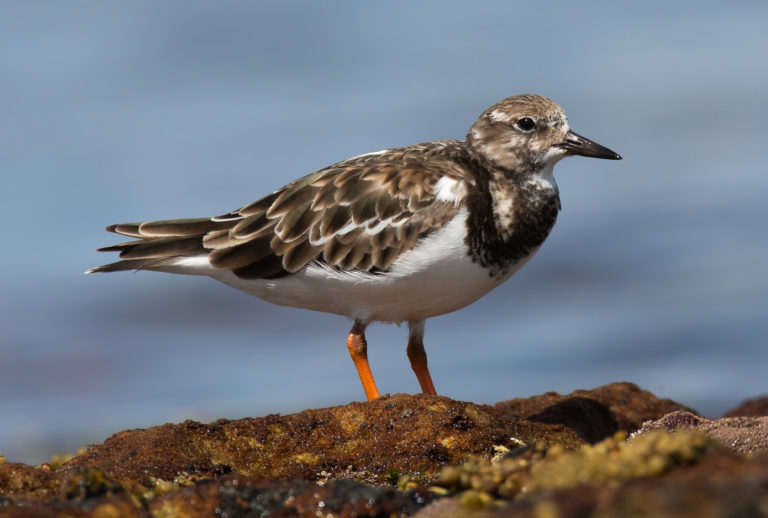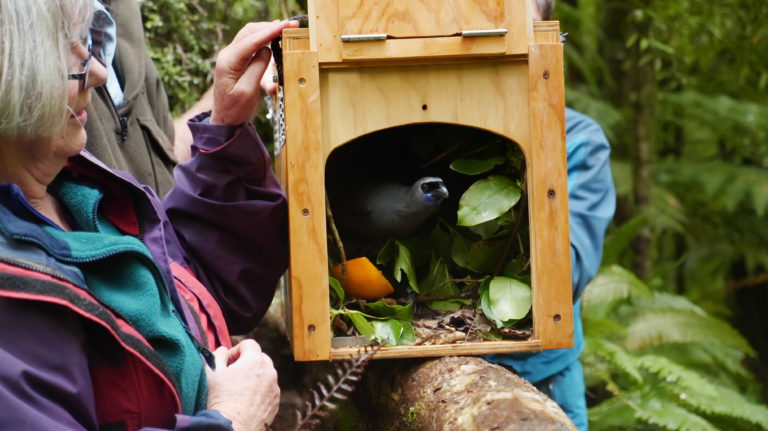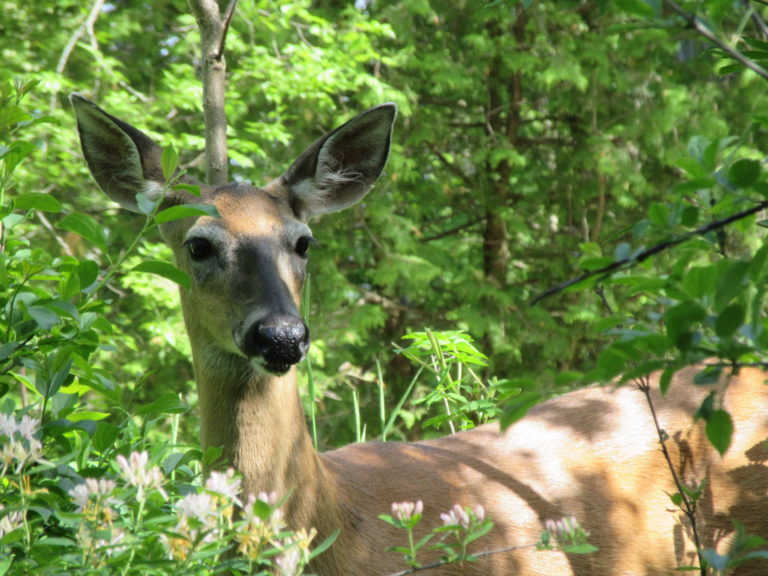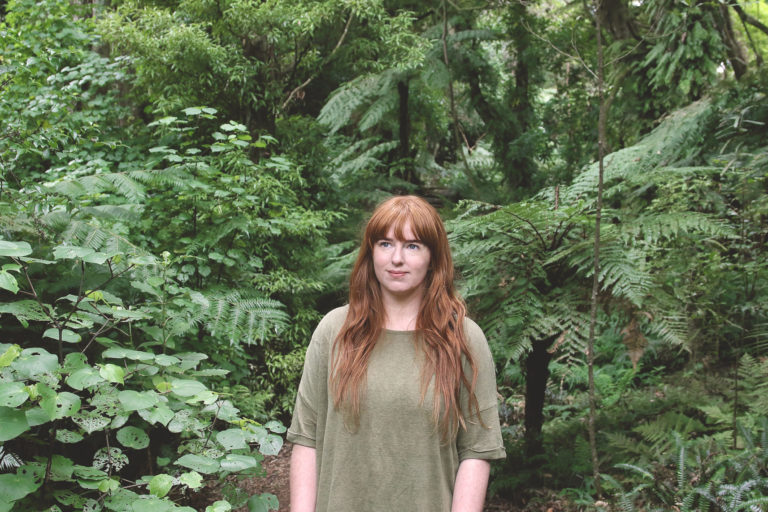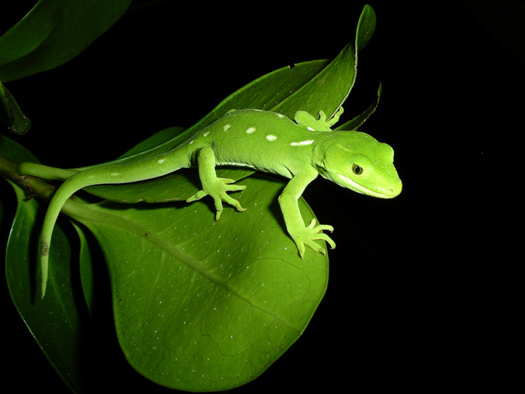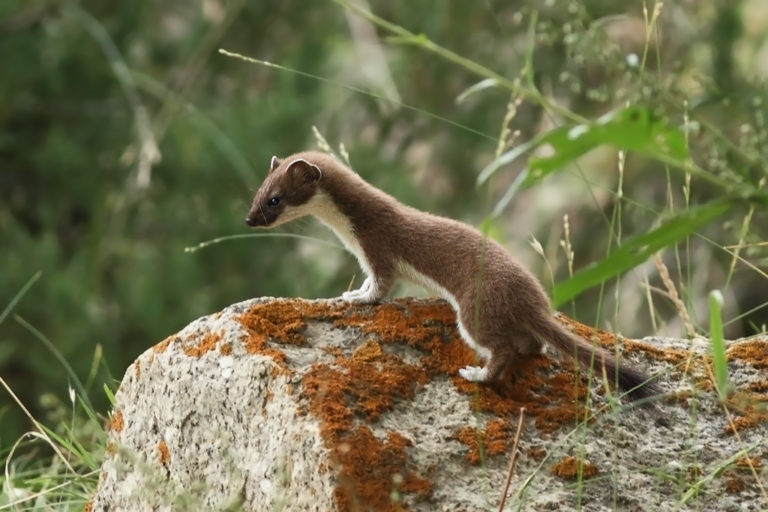Other articles written by Kate Guthrie
Sheep, beef farms have significant conservation potential
Currently we know very little about the amount and types of native vegetation located on farmland. Researchers set out to remedy that knowledge gap.
Waikato pest distribution, detectability studied
Pests are more widespread and harder to remove than is commonly assumed. Absence of captures after an operation does not necessarily indicate success.
A glimpse of the social life of Otago skinks
Researchers have recently been studying the social life of our native skinks – and yes, skinks really do have a social network.
Rare alpine seabird is ‘one of a kind’
Hutton’s shearwater is the only seabird in the world that breeds in an alpine environment, with colonies in the Seaward Kaikōura Range.
Researchers evaluate what pāteke need for successful reintroduction
Pāteke/brown teal are mainly nocturnal, small dabbling ducks found only in New Zealand. They once inhabited a wide range of habitats.
Colin Miskelly investigates seabird mysteries
Colin Miskelly is hoping to solve a mystery one day – to find where the elusive grey-backed storm petrels breed, somewhere in the lower South Island.
Bringing poo to an island near you…
Even ocean-going birds need to come ashore to breed and when they do, they bring a gift from the oceans with them – nutrient-rich guano.
Longterm banded dotterel study shows predator control benefits
Banded dotterels are declining on our braided rivers, but one river in Mid-Canterbury is going against the trend, thanks to intensive predator control.
Our wētāpunga is a world record holder
Its name is Wētāpunga – named for the God of Ugly Things - and our giant weta could be the heaviest adult insect in the world.
Banding aims to uncover turnstone migration mystery
The ruddy turnstone is the third commonest Arctic-breeding shorebird occurring in New Zealand, after bartailed godwit and red knot.
A salute to our conservation heroines
We’ve met a lot of conservation heroines here at Predator Free NZ Trust and International Women’s Day is a chance to celebrate their outstanding efforts.
Monitoring shows ungulates increasing on public conservation land
Despite current hunting levels, anecdotal evidence suggests ungulates have been increasing steadily in our wild places, from an historic low in the 1980s.
Appreciating what lies beyond the forest’s edge: Interview with Illustrator, Melissa Boardman
Melissa Boardman is an illustrator passionate about native birds and conservation. She draws insipration from Aotearoa's predator free sanctuaries.
New home for barking geckos in successful penned release
Previous translocations of green geckos showed that ‘hard release’ at the translocation site, without any barrier to dispersal, mostly didn’t work.
Burning questions, conservation conundrums – kiwi researchers share insights on key research challenges
Predator Free NZ Trust asked scientists and others working in the predator free field what they see as the ‘burning questions’ waiting to be answered.

